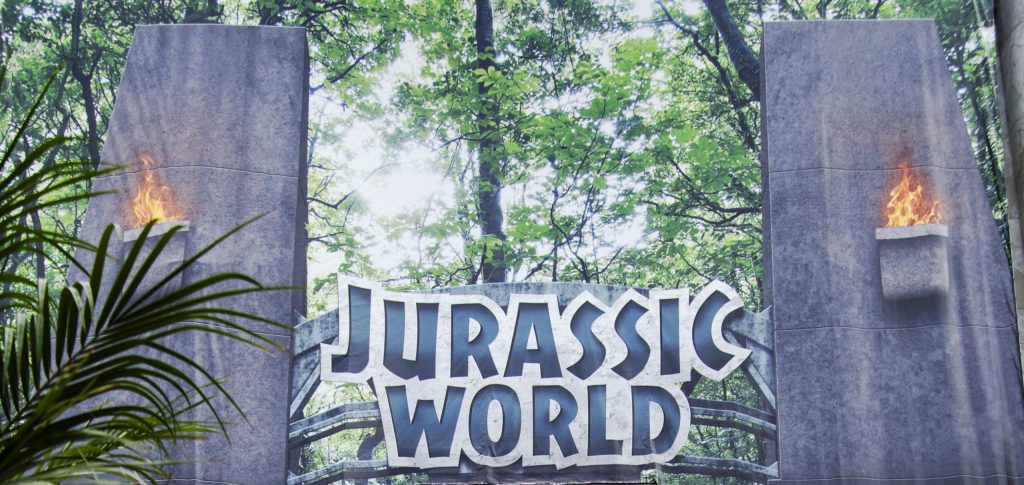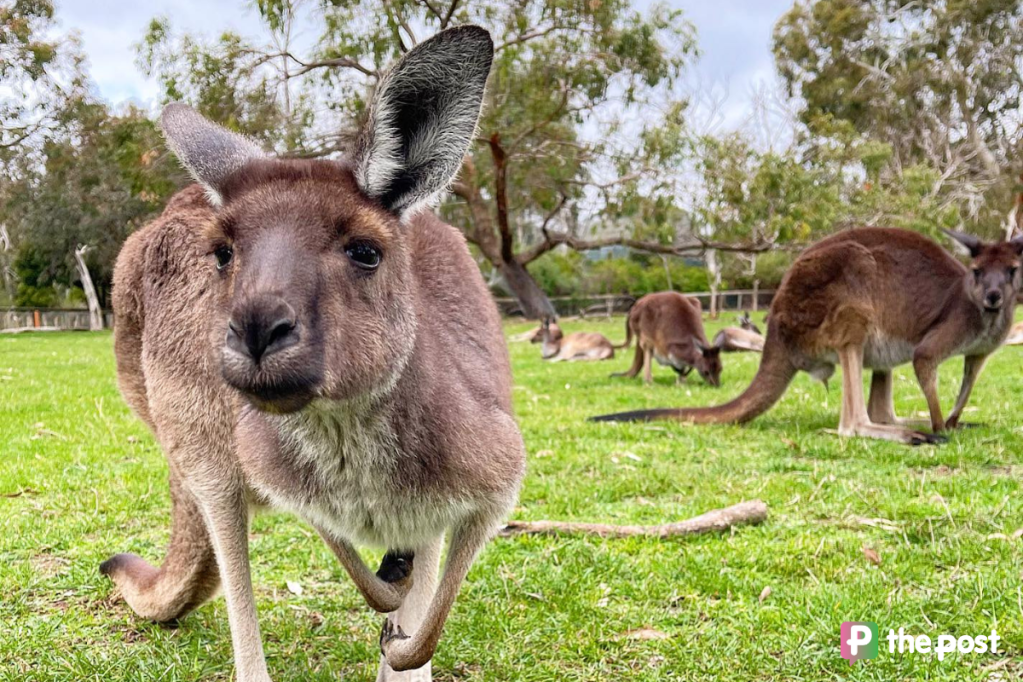Jurassic World: make a monster, it will bite back

Jurassic World brings to life the fantasy of an amusement park where genetically engineered dinosaurs are the main attraction, as first imagined in the original book, then movie Jurassic Park back in 1993. This fourth movie in the franchise, in cinemas from today, is certainly action-packed, although there are a number of opportunities missed when it comes to how these beasts are represented.
Jurassic World’s dinosaurs are analogous to Frankenstein’s monster, and they unleash the catastrophic consequences we expect when hubristic scientists become obsessed with forbidden knowledge. In this case, by tampering with the laws of nature to create new life forms for dubious ends.
The beasts are spectacular though. And like Mary Shelley’s monster, they are imperfect products of their environment.
You might like
The first three Jurassic Park movies went to great lengths to present dinosaurs that were as close to being real as the latest scientific interpretation of the time allowed. Leading palaeontologists were consulted to show how up-to-date the current thinking was on dinosaurs.
Although not 100% perfect, the end result was creatures that were accurate, to the best of our knowledge, and vividly realistic. Many a palaeontologist was brought close to tears by the life-like reconstructions facilitated by the advances of digital animation technologies.
You can read the rest of this article, which includes previews of the movie, at The Conversation.
John Long is Strategic Professor in Palaeontology at Flinders University. Heather L Robinson is a Research Associate & PhD Candidate, School of Humanities and Creative Arts, at Flinders University.








